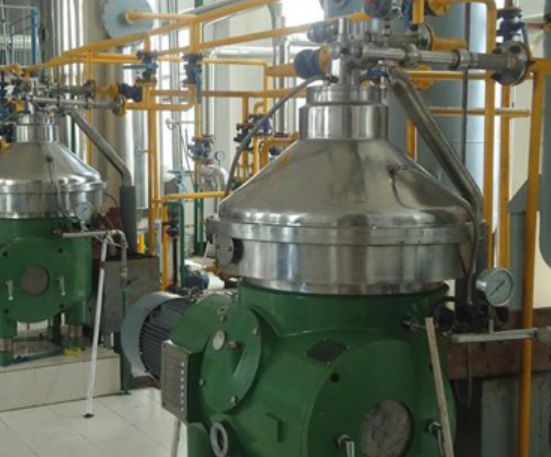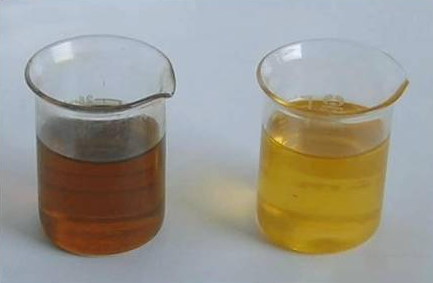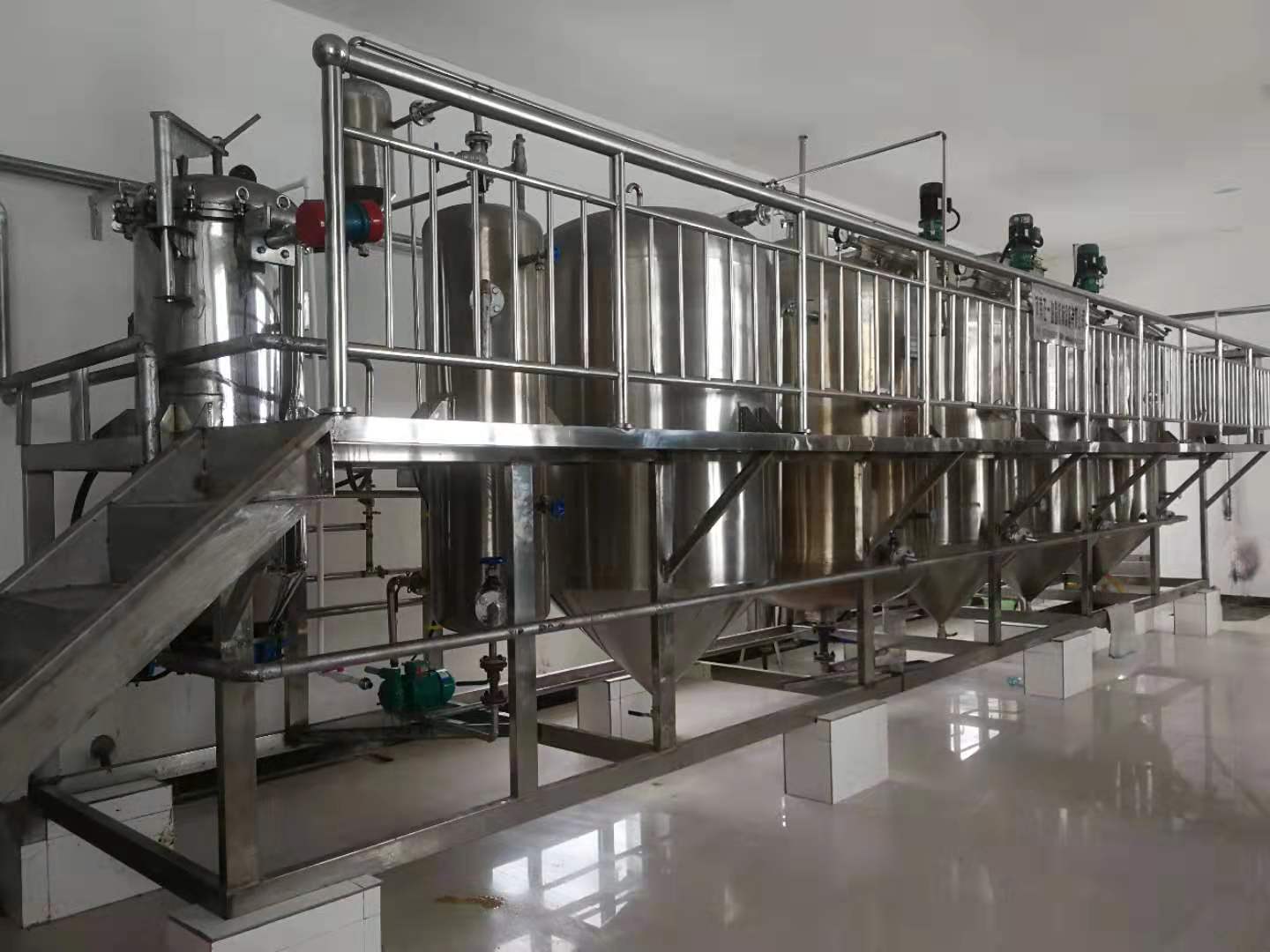Edible oil decolorization is to reduce the color of the oil and obtain light-colored or natural oil, but the purpose of edible oil decolorization is to remove undesirable by-products in the oil, including certain harmful products that are not conducive to food safety and sanitation. Substances, such as polycyclic aromatic hydrocarbons caused by pollution, pesticide residues, oxidative deterioration substances, etc. People choose a variety of reasonable adsorbents to remove these by-products through selective adsorption, realize the safety and sanitation of edible oil, and meet the requirements for further processing of oils.

Substances to be removed for decolorization
●Oxidation products mainly come from the auto-oxidation of fats and oils and the primary hydroperoxides formed by the action of lipid oxidase. During the processing and storage of fats, these oxidation products decompose to form secondary oxides, such as aldehydes and ketones. , Epoxides, etc. In addition, the products formed by the oxidation of tocopherols, sterols, pigment bodies and other lipids are also removed during the decolorization process.
●Pigment bodies are mainly various carotenoids and chlorophylls and gossypol in cottonseed oil. The above-mentioned compounds form colored products through oxidation. In addition, the pigment bodies interact with oxidized oils, often causing the oils to produce yellow-brown (or tan) ). These pigment bodies and their oxidation products can be removed by the decolorization process.
● Phospholipids and glycolipids Although most of the phospholipids and glycolipids in the oil can be removed by degumming, a small amount of phospholipids and glycolipids often remain in the oil after degumming, which needs to be further removed by decolorization to obtain a decolorization with a very low phosphorus content. Oil (for example, phosphorus content less than 5ppm), suitable for further physical refining.

●The processing of trace metal grease may cause traces of metals such as iron and copper to enter the oil. Some greases are polluted by the environment and heavy metals such as cadmium and lead enter the oil. In addition, traces of nickel-based agents and other substances remain in the oxidized grease. The decolorization can remove trace metals remaining in the edible oil, which is conducive to the realization of oil stability and edible safety and sanitation.
●Soap oils and fats often contain some water-insoluble metal soaps, such as calcium soap, magnesium soap, etc. These soaps are difficult to remove by washing with water. These soaps need to be removed by decoloring methods, otherwise the soaps will promote the oxidation of oils. Deterioration is not conducive to achieving the quality of grease, and also hinders the further processing and utilization of grease.
●There are two major categories of pollutants from edible oils and fats:
1. Pesticide residues: pesticides from oil crops, or certain pesticides in the natural environment (water and soil), such as organophosphorus and nitrogen-containing pesticides, can be biodegraded or even absorbed by plants and enter the oil.
2. Polycyclic aromatic hydrocarbons: Polycyclic aromatic hydrocarbons are often formed during the combustion process. If the oil is heated and dried, the oil will be contaminated by such substances, such as coconut oil. In addition, environmental pollution (sea water, air pollution, etc.) can also cause polycyclic aromatic hydrocarbons in some oils. The grease is decolorized by activated carbon, and then by vacuum deodorization, these harmful substances can be removed uniformly.

Edible oil decolorizer
●Activated clay is the main adsorbent for decolorization and purification of edible fats and oils. There are two types of natural activated clay and inorganic acid-treated activated clay. Usually the latter has stronger adsorption capacity, because after proper acid treatment, the surface area of the clay has increased from 40-60m2/g to 250-350m2/g. g. After treatment with inorganic acid, activated clay changes from neutral or weak acid to higher acidity, so it is also called acid clay. It not only has strong adsorption activity, but also has the following obvious characteristics: solid acid nature; cation Exchanger properties; acid catalyst properties; filter aid properties. Therefore, acid clay has many effects on grease, and the appropriate amount and usage of adsorbent should be selected according to different greases and different requirements.
●Activated carbon can be made from a variety of carbon-containing raw materials (coal, wood, nut shells, etc.), after high temperature treatment, and then activated with chemical activators (phosphoric acid, zinc oxide, etc.), air, and steam to increase its surface area and accelerate adsorption active. This activated carbon is often used together with activated clay to promote decolorization and oil purification. Activated carbon can reasonably remove polycyclic aromatic hydrocarbons of macromolecules that cannot be adsorbed by clay (while the deodorization process can only remove polycyclic aromatic hydrocarbons containing 4 or less low molecular weight). Activated carbon has a particularly strong adsorption effect on PAHs, even if the activated carbon filter cake is pressed, the filtered oil does not contain PAHs.
● The new decolorizing adsorbent uses water glass as the raw material and is treated with dilute sulfuric acid to prepare a special silica gel with a water content of 60% to 70%. Its specific surface area is large (about 800m2/g). This kind of silica gel has high activity and selective adsorption to trace metal soaps and phospholipids.
If you want to know more about the edible oil refining process, please feel free to contact us.
Copyright © Henan Zhongxing Grain And Oil Machinery Co.,Ltd. All Rights Reserved. Powered by MetInfo